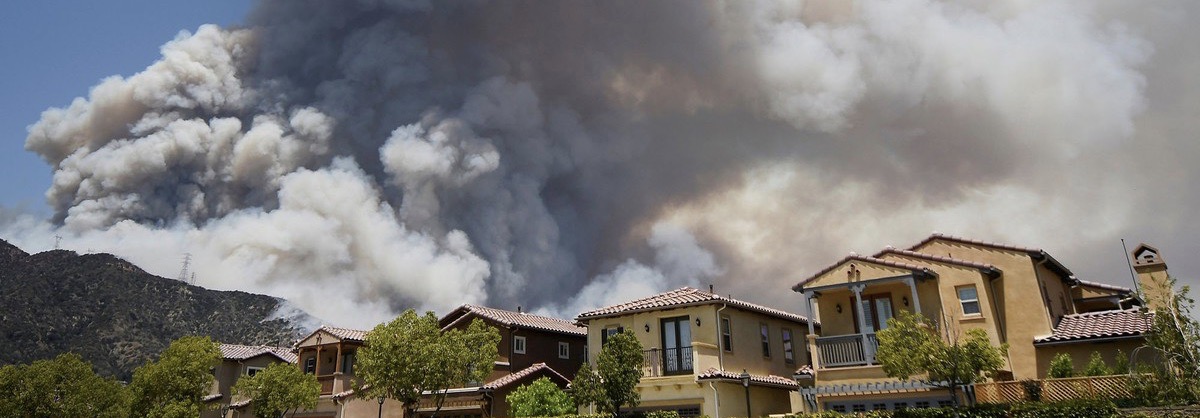Resources
Jump to: Studies, Articles and Talks | Current California Laws | Governor Gavin Newsom Actions | California Fire Statistics | Safety and Prevention Resources
Studies, Articles, and Talks
Current California Laws
California Legislative Information
AB 188 (Tom Daly, D-Anaheim) Fire insurance: valuation of loss. This bill creates one rule to be used in determining the value of property damage for total and partial losses in insurance policies. The law requires the cost to repair, rebuild or replace the property and the physical depreciation based on the time of the event be the determinants on insurance payouts when there is a total or partial loss. (Approved by Governor, July 9, 2019.)
AB 3074 (Laura Friedman, D-Glendale) Fire prevention: wildfire risk: defensible space: ember-resistant zones. Most homes are destroyed by embers that can travel miles ahead of the flames and ignite flammable objects on or near a home. This bill protects lives and property from wildfires, strengthening California’s defensible-space laws by requiring a five-foot “ember-resistant zone” around homes in high fire risk areas. (Approved by Governor, September 29, 2020.)
AB 38 (Henry Stern, D-Los Angeles) Fire safety: low-cost retrofits: regional capacity review: wildfire mitigation. Homes built before January 01, 2020, need to be retrofitted to meet standards set by the State Fire Marshal, and other state agencies will need to aid in the creation of plans to prevent more homes from burning. The law requires the Office of Emergency Services [Cal OES] and the Department of Forestry and Fire Protection to create a plan for homeowners to retrofit homes in a cost-effective way to make them more flame retardant and less susceptible to wildfire hazards. Homeowners must begin to retrofit their homes with the plan set by the State Fire Marshal if they want to sell their home in 2021. (Approved by Governor, October 2, 2019.)
SB 190 (Bill Dodd, D-Napa) Fire safety: building standards: defensible-space program. This bill requires the Office of the State Fire Marshal to develop, in consultation with representatives from local, state, and federal fire services, local government, building officials, utility companies, the building industry, insurers and insurance research organizations, and the environmental community, a model defensible-space program to be made available for use by a city, county, or city and county in the enforcement of the defensible-space provisions. (Approved by Governor, October 2, 2019.)
SB 901 (Bill Dodd, D-Napa) Wildfires. This bill provided $25,000,000 to be applied to support activities directly related to regional response and readiness. The bill stated that two separate appropriations, one for $165,000,000 and one for $35,000,000, shall be made in each Budget Act through the 2023–24 fiscal year from the Greenhouse Gas Reduction Fund to CalFire, each for separately identified purposes relating to forest health, fire prevention, and fuel reduction. (Approved by Governor, September 21, 2018.)
AB 2911 (Laura Friedman, D-Glendale) Fire Safety. This bill improves the fire safety of communities in high fire risk severity zones by updating past fire-safety legislation to better reflect the severe nature of our recent wildfire seasons. (Approved by Governor, September 21, 2018.)


